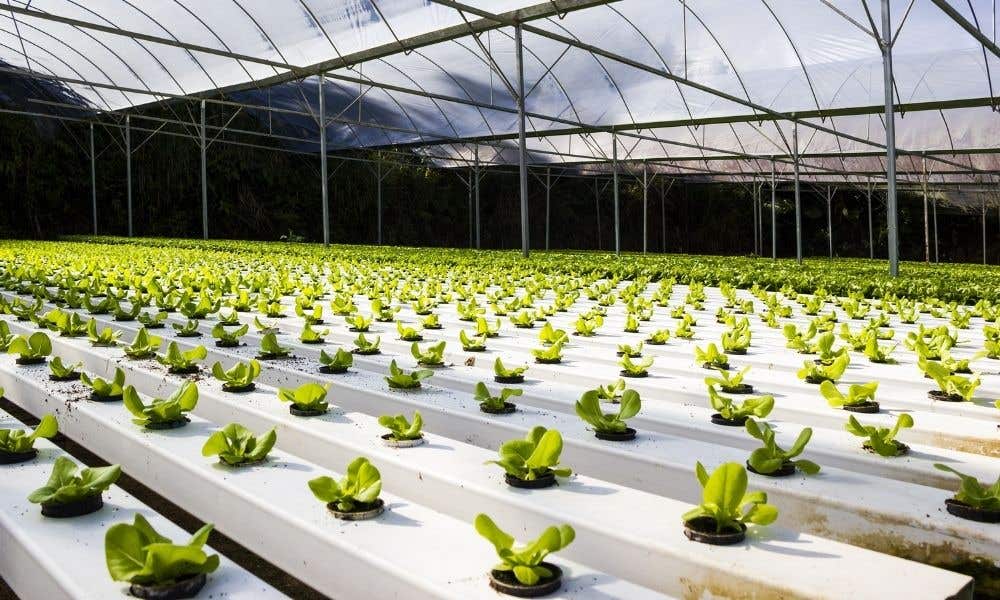Hydroponics has existed as a growing concept for many generations, at least since the time of Francis Bacon in the 17th century. The history of hydroculture is even more grand and includes the legend of the great Hanging Gardens of Babylon. Today, hydroponics has evolved into the creation of household vertical gardens and vast greenhouses of vegetation—all grown without the use of soil. As you consider your future as a gardener, consider this brief history of hydroponics and learn how it all began.
Early Solution Culture
After Francis Bacon died in 1626 and his work, Sylva Sylvarum, was published one year posthumously, the concept of growing vegetation in a water solution grew from a thought bubble to a gentle murmur. One famous botanist named John Woodward published his own water culture experiments involving spearmint in 1699.
He had three separate sources of water: distilled water, rainwater, and water with soil added. Woodward discovered that the spearmint grown in water with soil grew best and concluded that the soil did indeed add essential nutrients. Having proven this fact and giving it the name “solution culture,” scientists could start piecing together the exact nutrients that soil provides and advance the science of hydroponics.
The Creation of Hydroponics
It wasn’t until 1929 that scientists developed the consideration and application of solution culture for agriculture. While working at the University of California at Berkeley, a plant physiologist by the name of William Frederick Gericke insisted that nutrient solutions and water cultures could result in more bountiful harvests and more beautiful flowers.
Coining the name “hydroponics” for his growing method, he created “plant pills” that utilized essential nutrients in much the same way that modern hydroponic systems use nutrient salts today. To prove his point to other scientists, Gericke used hydroponics to grow incredible tomato crops in his own backyard that reached heights of 25 feet. As he brought hydroponics to roofs and college campuses across the country, he dreamed of the future of hydroponics in commercial agriculture.
Advancement To Modern Hydroponics
Gericke continued to develop his theories and modernize his ideas. As a result, airlines used hydroponic gardens in a refueling station at Wake Island in the Pacific to feed their passengers. As the United States held barren islands, such as Ponape Island, in the Pacific for airfields and military bases, hydroponic gardens were used to provide troops with fresh vegetables despite the lack of soil agriculture.
Now, public visitors can see the extensive hydroponic gardens that feed their parks at Walt Disney World’s EPCOT center, and NASA continues researching hydroponic gardens for use in space travel. Farmers use hydroponic gardens on a commercial scale to grow crops for entire populations.
If you want a piece of a brief history of hydroponics and how it began, you can grow your own hydroponic garden in a FloraFlex hydroponic drip irrigation kit. With our kits, nutrients, and grow mediums, even a beginner grower can learn how to yield flourishing flora in this futuristic gardening method.

